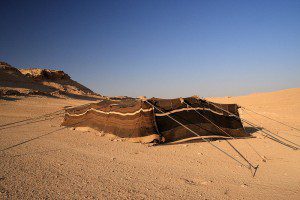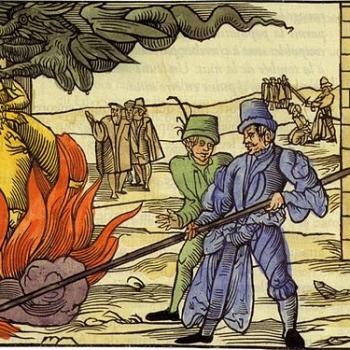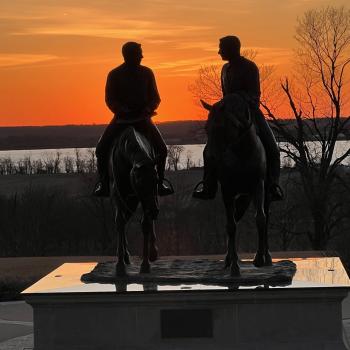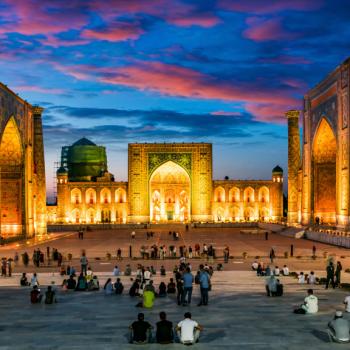Note: Henceforth, as requested by some for ease of searching, each of these Book of Mormon comments will bear the title “BOM,” followed, simply, by the Book of Mormon reference in simple form.

(Wikimedia CC; click to enlarge)
Lots to discuss here.
I’ve vowed to discuss only one item per chapter, and to do it briefly.
I still plan usually to adhere to that rule — I hope to go through the Book of Mormon multiple times, on this blog and in other media, before I finally back away from the keyboard — but I’m already regretting things that I didn’t say about 1 Nephi 1 yesterday. And, today, I’m going to quickly mention three things:
a) George Potter has proposed the Wadi Tayyib al-Ism — or, roughly, “The Valley of the Good Name” — in Arabia as the site of 1 Nephi 2’s “Valley of Lemuel.” And there are obvious reasons to like that proposal, not least of which being the way in which seeing it brings vividly to life Lehi’s description of the valley as “firm and steadfast, and immovable” (1 Nephi 2:10).
b) 1 Nephi 2:15 (“And my father dwelt in a tent”) is the shortest verse in the Book of Mormon. But it suffices to summon up the ancient Hebrew image of (to use the German theological term) das wandernde Gottesvolk (“the wandering people of God”), which we see embodied in the patriarch Abraham and the Children of Israel in the wilderness.
c) 1 Nephi 2:22: The ostensible rule in the Hebrew Bible is primogeniture; the eldest son is the heir to the father. But, in the crucial stories (e.g., those of Cain and Abel, Ishmael and Isaac, Esau and Jacob, and Joseph and his brothers), it’s a younger son who proves to be the real, God-approved heir. Nephi’s case continues that series of accounts in which human expectations are divinely overturned.
Please feel free to add your own comments on 1 Nephi 2.
Posted from Richmond, Virginia














